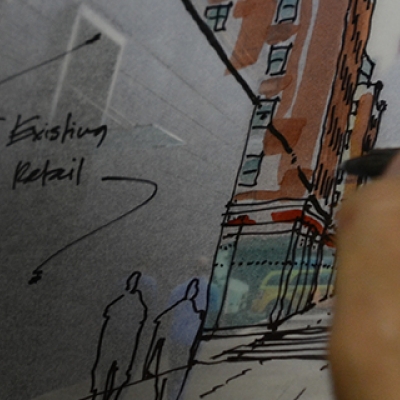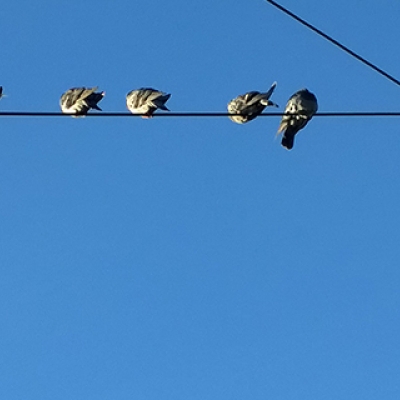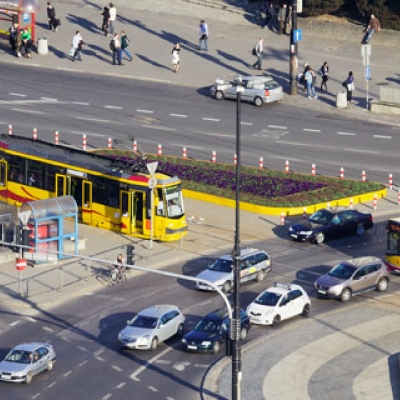
The Legal Consequences of Ignoring Climate Risk
By Laurie Mazur / On November 12th, 2015
Last month, in a case that sent shivers through corporate America, a former peanut-company executive was sentenced to 28 years in prison for his role in a deadly salmonella outbreak. The executive, Stewart Parnell, knowingly shipped contaminated peanut butter to stores across the country. Nine people died and hundreds more were sickened.




